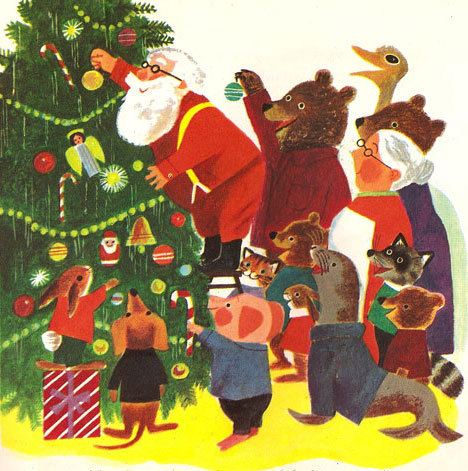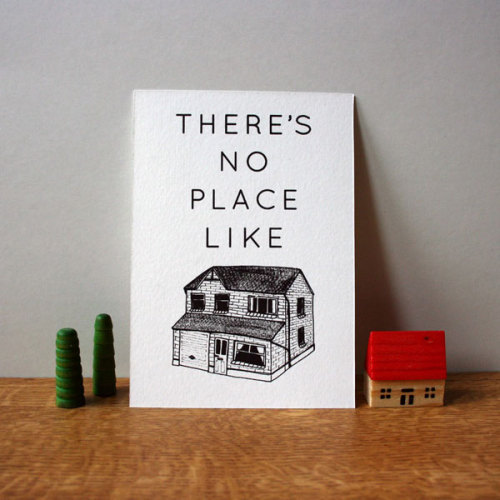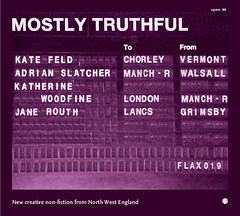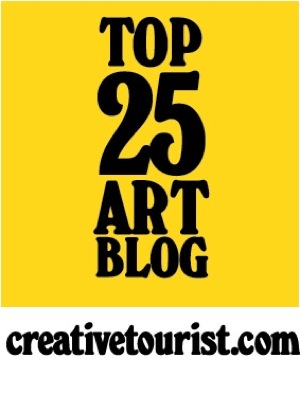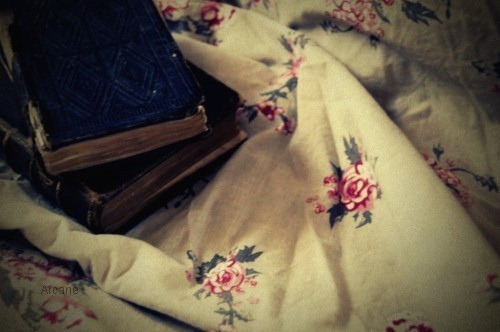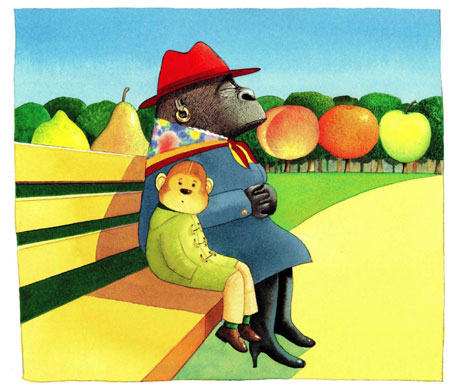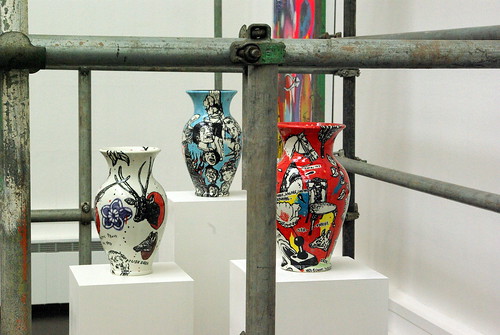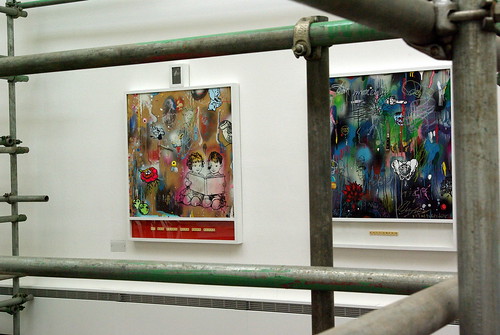
I love this beautiful photograph from
Talking To Strangers, a retrospective exhibition of work by the French artist Sophie Calle, which I recently went to check out at the
Whitechapel Art Gallery.
The exhibition includes the premiere of the English language version of
Prenez Soin de Vous (Take Care of Yourself), which was first shown as part of the 2007 Venice Biennale, and which I've been looking forward to seeing ever since I first heard about it. This installation is a response to an email Calle was sent by her lover, the unnamed ‘X’, ending their relationship, which concludes with the words ‘take care of yourself’. Calle invited women, ranging from a ballerina to an accountant, a tarot card reader to a sharp-shooter, to use their professional skills to interpret the text, as follows:
“I asked 107 women... chosen or their profession or skills, to interpret this letter. To analyse it, comment on it, dance it, sing it. Exhaust it. Understand it for me. Answer for me. It was a way of taking the time to break up. A way of taking care of myself.”
Walking through this beautifully presented installation, a combination of video, photography and text, we encounter the responses of everyone from a 9 year-old girl (‘It is sad’) to a criminologist (he says ‘I’ more than 30 times in a letter with 23 sentences’). Actors Jeanne Moreau and Miranda Richardson read the text aloud in French and English respectively; others interpret it through dance, music, puppetry and even chess; a children’s writer transforms it into a fairy tale; whilst my personal favourite, Brenda the green parrot, happily tears it to shreds in her beak.
Prenez Soin de Vous is a deeply intriguing and often very entertaining work: I could happily have stood for hours exploring this fascinating multiplicity of responses. However there’s also something slightly unnerving about this cacophony of female voices, perhaps partly because it is so powerfully gendered. Whilst it can be read as a straightforward celebratory feminist artwork, the installation also hints to both aggression and obsession directed towards the invisible (and perhaps indeed fictional) excluded male subject, the unknown ‘X’. Yet there is the distinct sense here that the artist herself is aware of these tensions, subtly and playfully exploiting the sense of ambiguity in her work: we are left feeling that it would probably be possible to construct just as many different ‘readings’ of Calle’s artwork as there are responses to ‘X’s original text itself.
The exhibition continues upstairs with earlier works spanning the past 20 years of Calle’s career, many of which demonstrate a similar kind of subtle ambiguity. In
The Sleepers (1979) the artist made one of her earliest forays into participatory and collaborative work, inviting 29 strangers to sleep in her bed; this interest is continued and developed through works like
The Address Book (1983), a voyeuristic investigation of the owner of a found address book through the contacts listed within it, and
Berck (2008) in which Calle invites a medium to determine her actions on the basis of clairvoyant predictions. Amongst these earlier pieces, I particularly enjoyed
Gotham Handbook (1994), in which Calle follows to the letter a series of instructions sent to her by the writer Paul Auster - including talking to and smiling at strangers; handing out cheese sandwiches and cigarettes to homeless people; and adopting a corner of the city, in this case a phone box which she ornaments with flowers, snacks, magazines and ‘have a nice day’ notices - and minutely records the social interactions that result.
For me, Calle’s work seems distinctively French – elegant, disarmingly confident in its treatment of complex ideas, and exhibiting a sprinkle of charming, almost Amélie-like whimsy. But what I find particularly interesting and engaging about these works are their explicitly textual nature: this is art about language and interpretation, art that tells stories, art that requires reading – it’s no surprise to learn that Calle has collaborated with a writer like Auster, even appearing as a fictional character in one of his novels.
Altogether,
Talking to Strangers was a fascinating experience: at once deeply personal, whilst simultaneously exhibiting a certain arch detachment. Indeed, intelligent and nuanced though they may be, what I finally liked most about these works is their playful sense of humour; even
Prenez Soin de Vous itself comes with a knowing wink and a smile.

